| Sorted by date | |||
page207from Building Ideas
11 Ralph Erskine – Byker Wall Housing,
Byker, Newcastle-upon-Tyne, 1969-80.(Alistair Gardner)
 ... more ... ... more ...
|
|||
|
|||
|
|
|||
page206from Building Ideas
10 Frei Otto et al. – Okö House, Berlin,
1990. (Neil Jackson)
... more ...
|
|||
|
|||
|
|
|||
page205from Building Ideas
9 Frei Otto et al. – Okö House, Berlin,
1990.(Neil Jackson)
Autrian, Lucien Kroll. Both men have been
concerned to encourage direct user-participation, leading to an architecture of
often chaotic and somewhat over-complex forms. The individual involvement in
design that these buildings encourage can be seen quite clearly in their visual
expression, which becomes symbolic of the architect stepping back from control
of production. As Kroll writers of his own work and its grand agenda, which is
tempered at the same time with a degree of
 ... more ... ... more ...
|
|||
|
|||
|
|
|||
page204from Building Ideas
8 Christopher Alexander et al. – Mexicali
Housing, Mexico, 1976. (Neil Jackson)
The project did in fact go ahead, amidst
much acrimony and confusion, and the buildings achieved a level of
craftsmanship not always attained in Alexander’s work. His smaller scale
projects by contrast often rely on self-build construction, such as the
community housing project built for a small town in Mexico. This project was
described in the book called The Production of Houses(1985), which formed a
real “construction manual” as a counterpart to the earlier design guide.
Throughout all this work the intention was to hand over ... more ...
|
|||
|
|||
|
|
|||
page203from Building Ideas
7 Christopher Alexander et al. – Mexicali
Housing, Mexico, 1976. (Neil Jackson)
Aside
from the questionably “spiritual” qualities that might be present in Alexander’s
architecture, in the context of modern Japan this project was seen as a threat
to the economic system. In Alexander’s words this confrontation takes on the
scale of a heroic encounter, but it does show the consequences of any attempt
to subvert the system:
 ... more ... ... more ...
|
|||
|
|||
|
|
 ... ...
... ... ... ...
... ... ... ...
... ...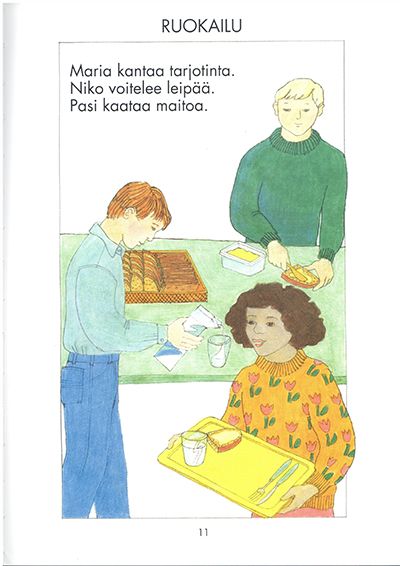 ... ...
... ... ... ...
... ... ... ...
... ... ... ...
... ... ... ...
... ... ... ...
... ...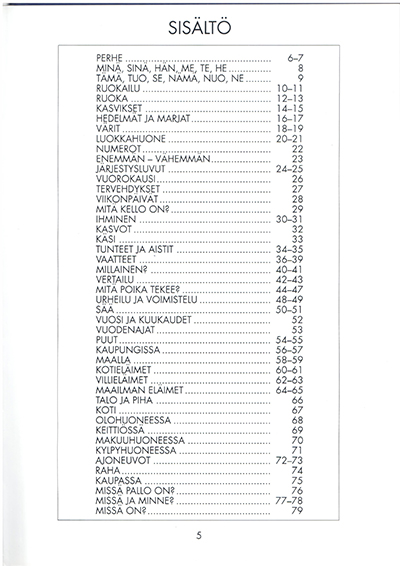 ... ...
... ... ... ...
... ... ... ...
... ...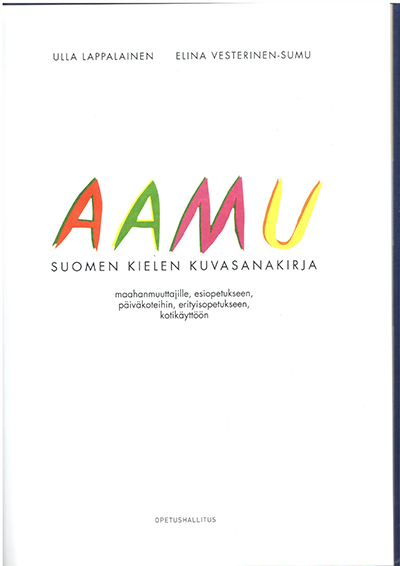 ... ...
... ...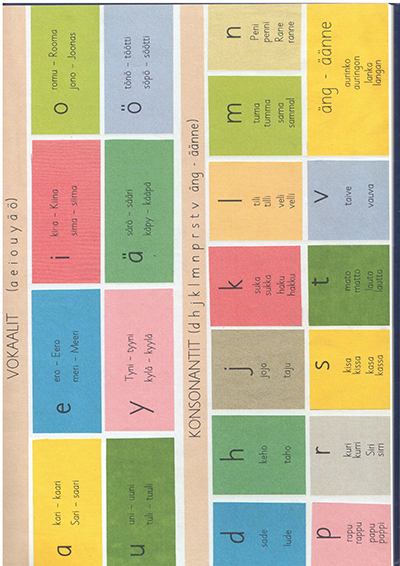 ... ...
... ...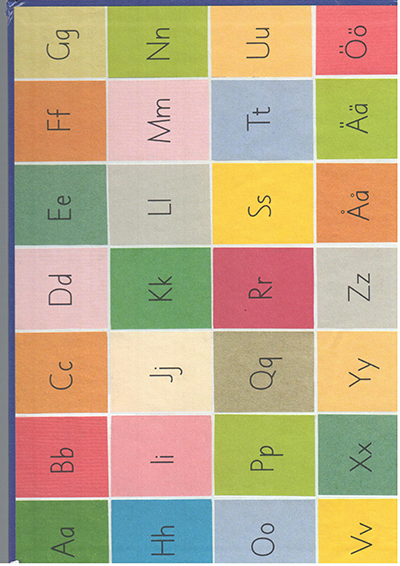 ... ...
... ...